Photography is more than just the click of a shutter; it’s a way to freeze time, capture memories and communicate visually. And as we spend more of our time online, capturing these moments has become an integral part of our lives. Whether you’re a seasoned professional or someone who’s just starting to dip their toes into photography, the camera you choose can make all the difference. But with an array of options available – ranging from classic film cameras to advanced mirrorless cameras and even smartphones with AI-powered lenses – the task of choosing the right camera can be overwhelming, to say the least.
This is because the camera you use becomes an extension of your vision. From the casual shutterbug to the aspiring professional, choosing the right camera is a crucial first step.
This comprehensive guide aims to demystify the process by providing an in-depth look at the different types of cameras available on the market. We’ll explore their unique features, explore their history, and offer insights into their current position in the industry. We’ll also weigh the pros and cons of each to help you better understand which camera type aligns with your needs, skills, and photographic aspirations.
Whether you’re a novice looking to get started or a seasoned photographer considering an upgrade, read on to gain valuable insights that will help you make an informed choice.
- For more advice, see our in-depth guide on Photography for Beginners
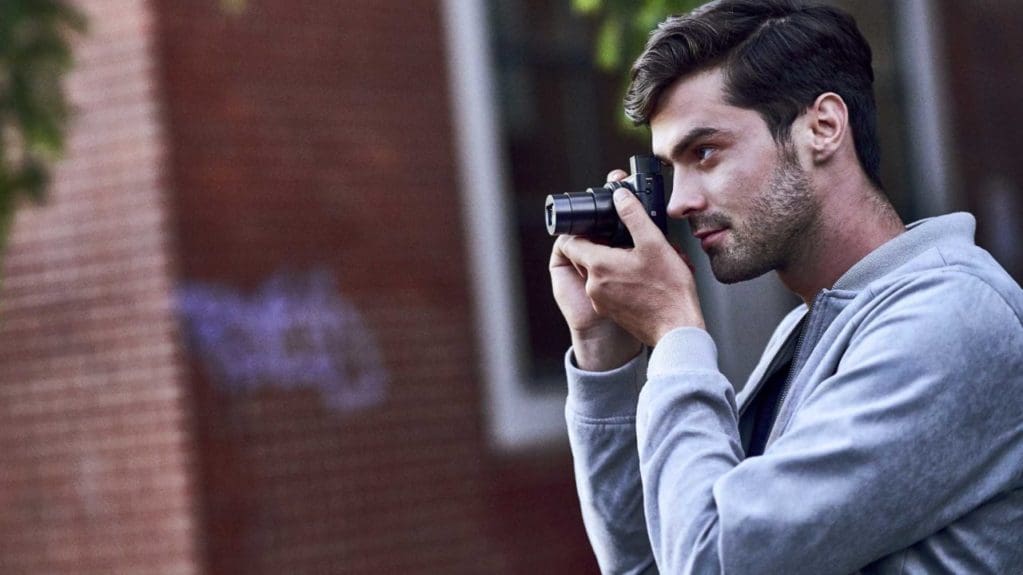
Point-and-Shoot Cameras
- Pros: Easy to use, portable, relatively inexpensive.
- Cons: Limited manual controls, lower image quality compared to DSLRs.
Point-and-shoot cameras are compact, convenient, and designed for simplicity. They typically come with a fixed lens, meaning you can’t change it out for a different one. These cameras automatically adjust settings like focus, exposure and shutter speed, taking much of the guesswork out of photography, freeing you to simply be in the moment and concentrate on composition and capturing the scene. Advanced point-and-shoot cameras, like the Sony RX100 series, tend to offer some level of manual control, along with features like optical zoom and image stabilisation.
History and Market Position
Once the go-to for casual photographers, point-and-shoot cameras have somewhat fallen out of favour due to the rise of smartphones, which have all but eaten away their share of the market. However, point-and-shoot cameras still find a niche among those who want something better than a phone but simpler than a mirrorless camera.
Best Scenarios for Use
Ideal for travel photography, capturing family moments, and daily point-and-click scenarios.
- Check out our guide to the Best compact cameras
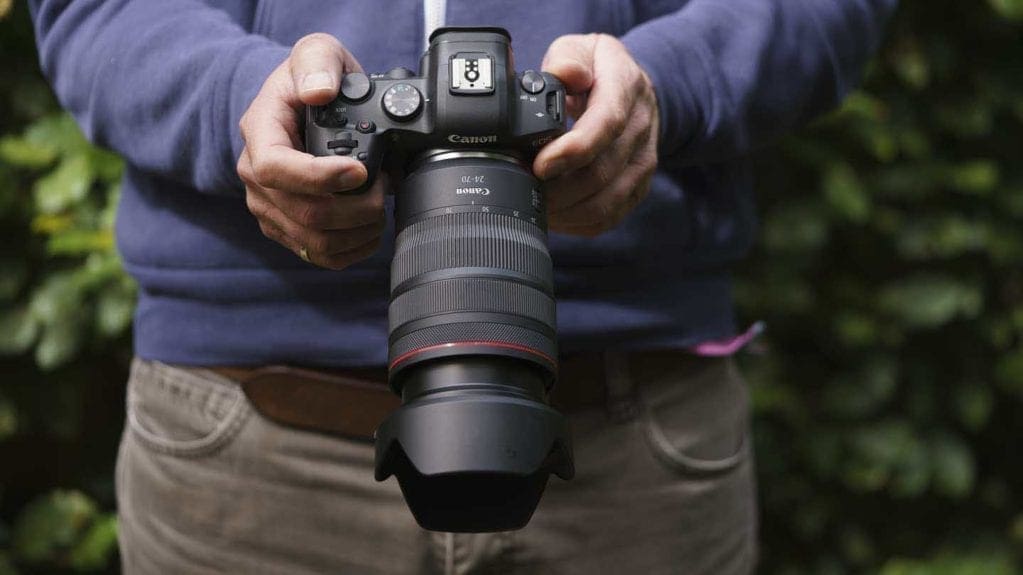
Mirrorless Cameras
- Pros: Compact, excellent image quality, quick autofocus.
- Cons: Shorter battery life, lenses can be expensive.
Mirrorless cameras have gained significant traction over the last decade, posing a serious challenge to the longstanding reign of DSLRs. Unlike DSLRs, which use a mirror mechanism to reflect light into an optical viewfinder, mirrorless cameras eliminate the need for a mirror altogether. This results in a more compact and lightweight design. The image sensor is exposed to light directly, providing a digital preview of the image either on the camera’s rear screen or through an electronic viewfinder. Popular examples of mirrorless cameras include the Sony Alpha series, Canon EOS R series, Nikon Z range of cameras and the Fujifilm X series.
The development and adoption of mirrorless technology has marked a significant shift in photography. While DSLRs have been the go-to choice for professionals for many years since digital photography became the norm, the technological advancements in mirrorless cameras have made them equally – if not more – capable in terms of image quality, autofocus and versatility. The absence of a mirror allows for faster shooting speeds, quieter operation and the ability to incorporate advanced features like in-body image stabilisation. They have become particularly popular among both hobbyists and professionals who are looking for high-quality performance in a more portable package.
History and Market Position
Emerging as a serious competitor to DSLRs in the last decade, mirrorless cameras are increasingly the choice for professionals and amateurs alike due to their blend of size and performance.
Best Scenarios for Use
Excellent for vlogging, street photography and even professional work due to their smaller size and quality output.
- Check out our guides to the Best mirrorless cameras and the Best beginner mirrorless cameras
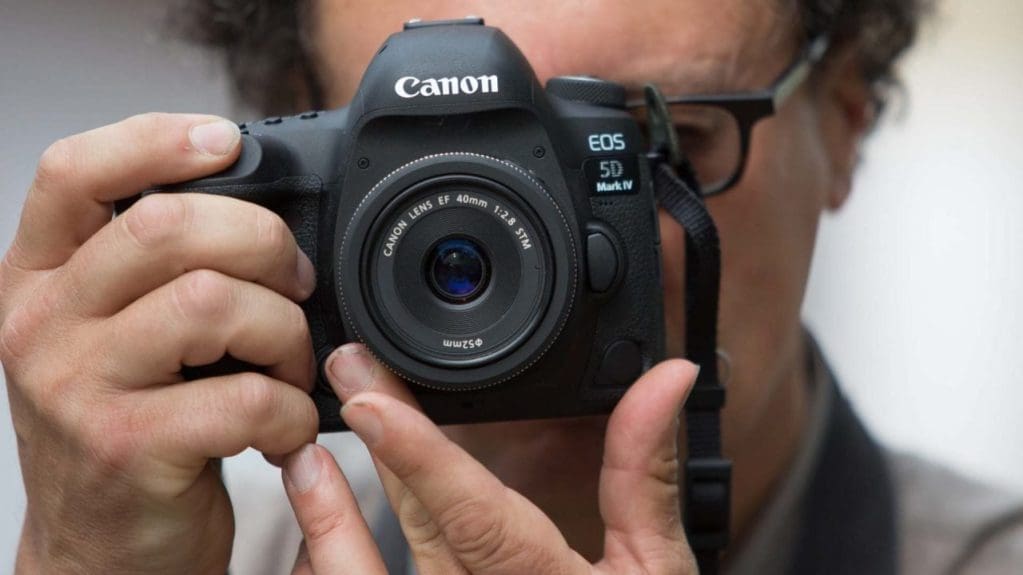
DSLR Cameras
- Pros: High image quality, extensive manual controls, versatile.
- Cons: Bulky, can be expensive, steep learning curve.
Digital Single-Lens Reflex (DSLR) cameras have long been the standard for both amateur photographers and professionals alike. A DSLR employs a mirror mechanism to direct light from the lens up into an optical viewfinder, allowing you to see exactly what the lens sees. This is different from mirrorless cameras, which provide a digital preview directly from the image sensor. Popular DSLR models include the Canon EOS series, Nikon D series and the Pentax K-series.
The prominence of DSLRs in the market is rooted in their history and their adaptability. They offer a wide range of interchangeable lenses, from wide-angle to telephoto, giving photographers the flexibility to shoot in a variety of situations. High-quality image sensors and fast autofocus systems also make DSLRs well-suited for action photography and low-light conditions. However, as the technology has matured, the industry has begun to shift toward the more compact mirrorless cameras. Despite this, DSLRs continue to be a reliable choice for many photographers, owing to their robust build, battery longevity, and the extensive range of available lenses and accessories. In fact, many professional photographers still prefer to shoot with workhorse DSLRs like the Canon EOS-1D X Mark III or the Nikon D6.
History and Market Position
Once the pinnacle of digital photography, DSLRs are now facing stiff competition from mirrorless models. However, they remain popular among professionals and serious hobbyists for their extensive lens options and battery life.
Best Scenarios for Use
Suitable for professional photography, fine art and any scenario where high-quality images are a must.
- Check out our guides to the Best DSLRs and the Best DSLRs for beginners

Action Cameras
- Pros: Rugged, portable, excellent for video.
- Cons: Limited manual controls, not ideal for still photography.
Action cameras are small, portable, and often rugged devices designed to capture high-quality video and stills in a variety of dynamic environments. Unlike traditional cameras, action cameras are built to be highly durable, water-resistant, and often shockproof. These cameras are intended for capturing fast-paced activities, whether it’s mountain biking, skydiving, or scuba diving. GoPro, with its HERO Black series, has long been the most popular action camera around. There have been lots of other competitors over the years, but none of them have matched GoPro for features and quality. The only brand that’s come closest is DJI, with its Osmo Action range.
The rise of action cameras has had a significant impact on how we capture and share experiences. They have enabled adventurers, athletes, and vloggers to easily record footage from unique perspectives, thanks to their small size and mounting capabilities. While they may lack the image quality and versatility of more traditional camera types, action cameras excel in situations that require durability and portability. In addition to their robust build, these cameras usually offer a wide-angle field of view to capture as much of the action as possible, along with features like image stabilisation, slow-motion capture, and easy integration with mobile apps for on-the-go editing.
History and Market Position
Originally designed for capturing extreme sports, their versatility has opened up uses ranging from vlogging to drone photography.
Best Scenarios for Use
Perfect for capturing sports and outdoor activities, underwater activities and adventure travel.
- Check out our guide to the Best action cameras
Smartphone Cameras
- Pros: Always available, increasingly versatile, good for quick captures.
- Cons: Limited manual controls, not as good in low-light conditions.
Smartphone cameras have become an indispensable tool in modern photography, offering unparalleled convenience and portability. While they may not replace specialised equipment for professional use, the capabilities of smartphone cameras have advanced dramatically over the years. Today’s high-end models, like the iPhone 15 Pro or the Google Pixel 8 Pro, come equipped with multiple lenses, impressive low-light performance and in some cases even LiDAR technology for improved depth sensing.
One of the most significant advancements in smartphone photography has been the integration of Artificial Intelligence (AI). Through computational photography, AI algorithms enhance image quality in real-time, often matching and sometimes even exceeding the capabilities of traditional cameras. Features like portrait mode, Night Sight, and Smart HDR rely on AI to analyse and adjust settings instantaneously, making it easier for users to capture professional-quality photos without the need for manual adjustments. These advancements have democratised photography, allowing virtually anyone with a smartphone to become an amateur photographer capable of producing high-quality images.
History and Market Position
Smartphone cameras have become the most common type of camera, thanks to their convenience and increasingly sophisticated technology. Artificial intelligence has helped smartphone cameras close the gap with traditional cameras, offering features like improved low-light performance and depth perception.
Best Scenarios for Use
Excellent for social media, casual photography, and even some niche professional applications like street photography.
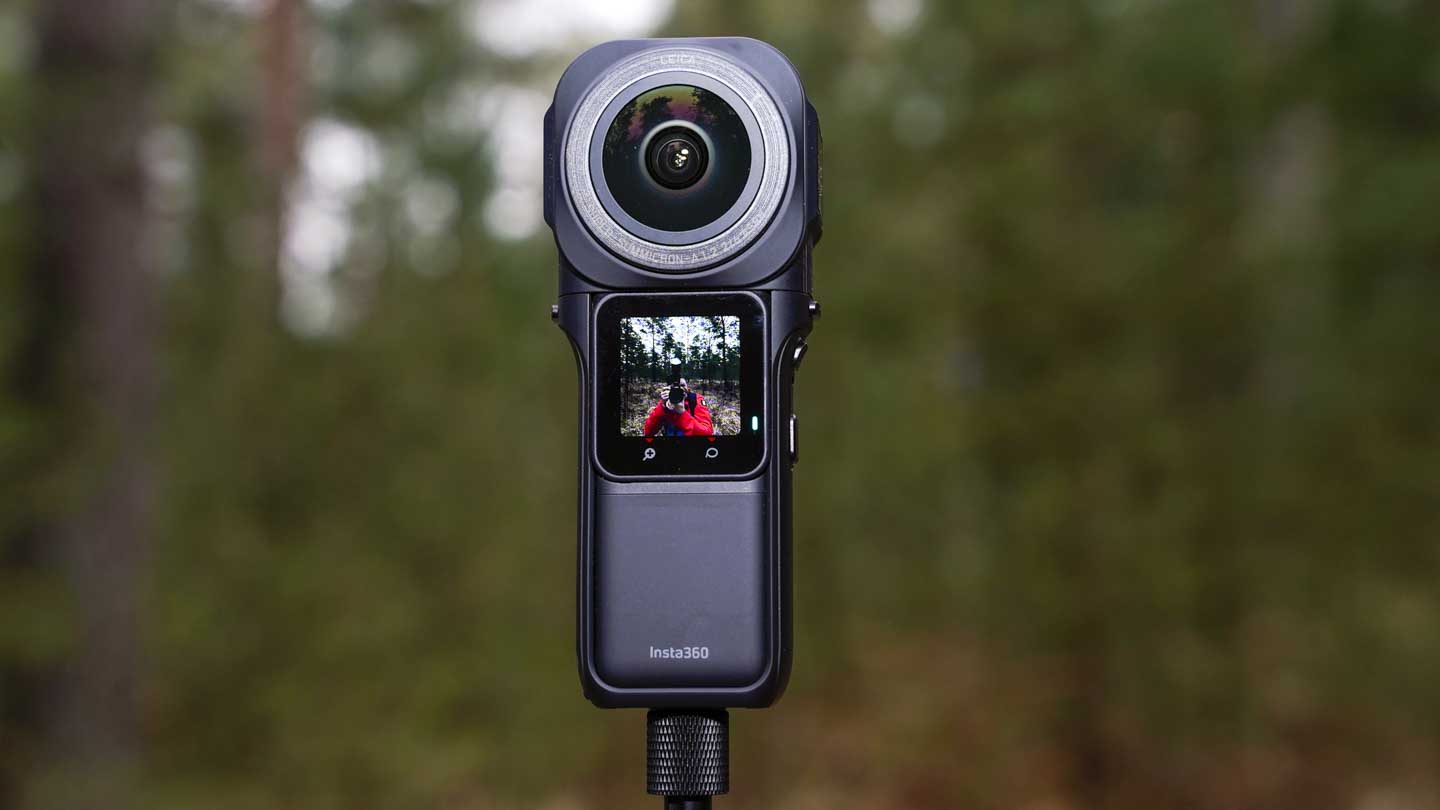
Specialised Cameras
Specialised cameras are designed to serve very particular needs or capture specific types of images. Whether you’re a traditionalist who prefers film or a tech-savvy photographer who loves new gadgets, or perhaps you have a very specific subject you want to capture, there’s a specialised camera out there for you. Some of the most popular options include:
Film Cameras
- Pros: Unique photo qualities, encourages a deeper understanding of photography.
- Cons: Requires developing film, less convenient than digital.
Film cameras are the old-school choice, utilising rolls of film to capture images. These cameras offer a unique experience, as they require a deep understanding of exposure, aperture and shutter speed. Popular film cameras that many people still use today include the Canon AE-1 and the Leica M6.
Instant Cameras
- Pros: Instant prints, simple to use, fun.
- Cons: Limited controls, expensive film.
Instant cameras, such as the Fujifilm Instax series, offer immediate gratification by printing photos on the spot. They’re great for social events and scrapbooking, offering a tangible memento that digital photos can’t provide.
360 Cameras
- Pros: Immersive experience, versatile in capturing scenes.
- Cons: Requires specialised software for editing, less image quality.
These cameras capture a 360-degree field of view, offering the viewer an immersive experience. The GoPro MAX and the Insta360 One X are popular examples of this type of camera, and you can even spend thousands and buy professional 360 cameras. These types of cameras are ideal for virtual tours, adventure photography or capturing large scenes in a single shot.
Drones
- Pros: Captures unique perspectives, great for video.
- Cons: Regulatory restrictions, requires practice to operate safely.
Drones with cameras, such as the DJI Mavic series, are excellent for capturing aerial photographs and video. Drones are ideal for landscape photography, photographing real estate and surveying large areas.

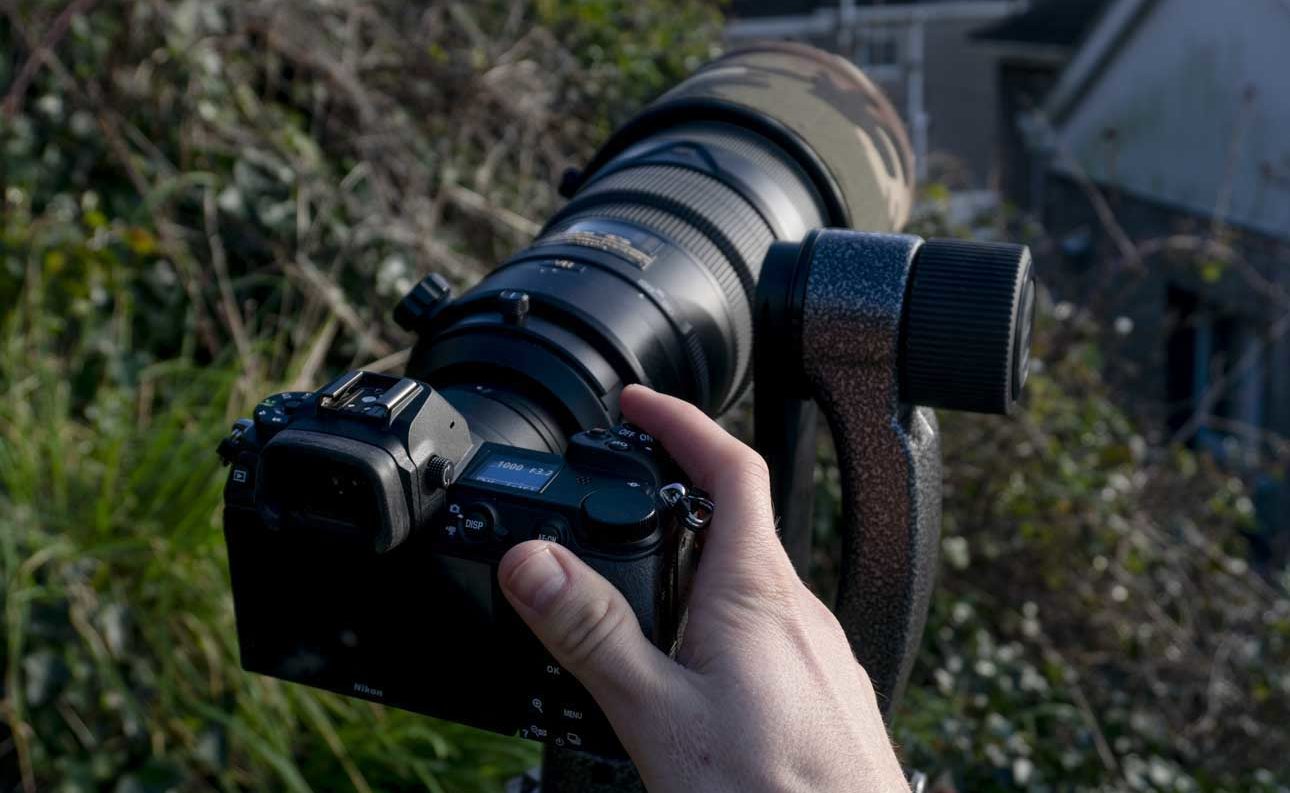

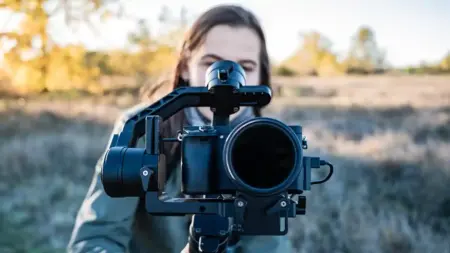
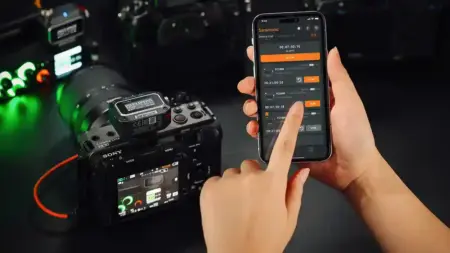
Leave a Reply